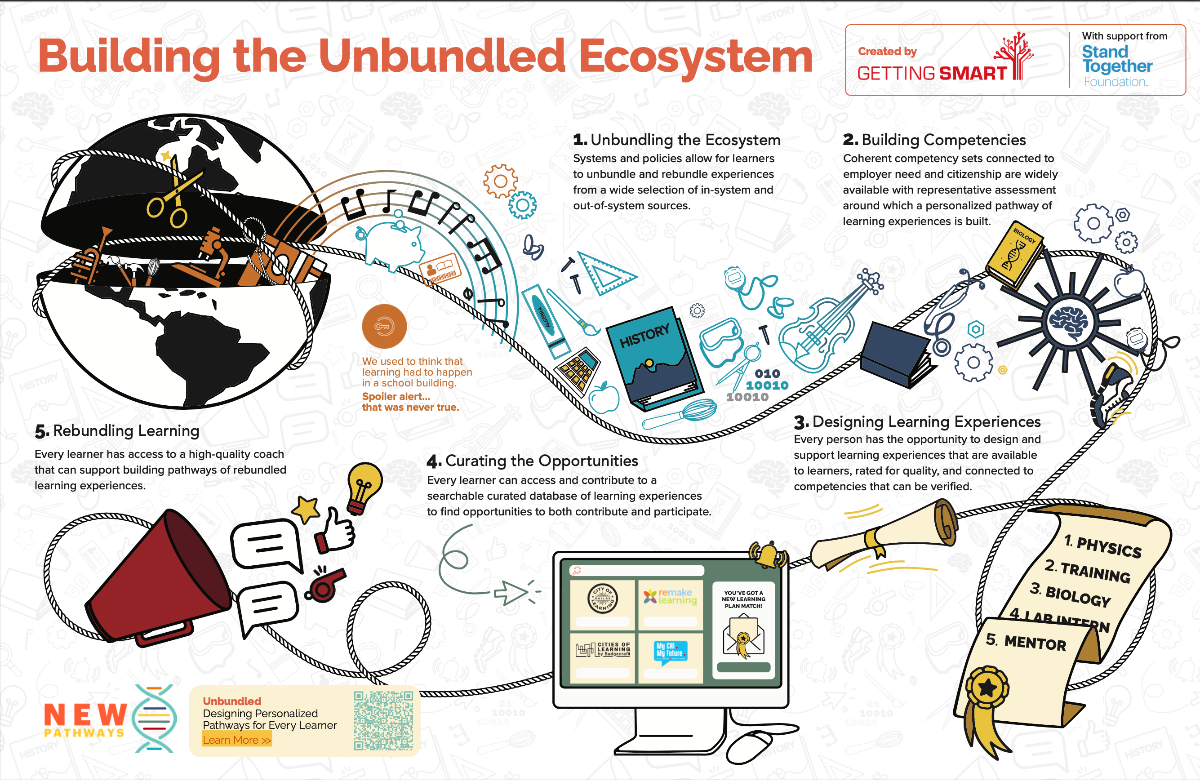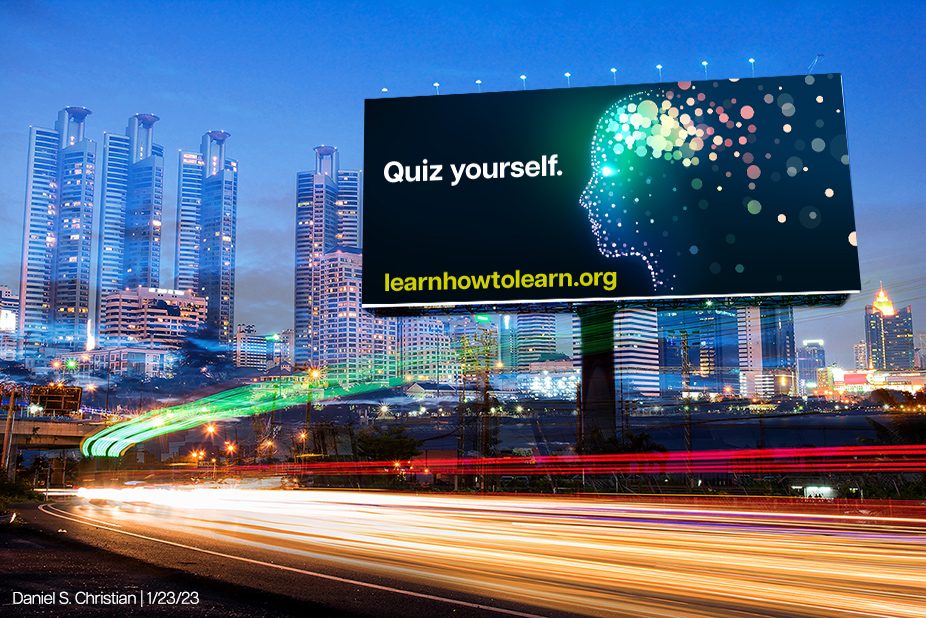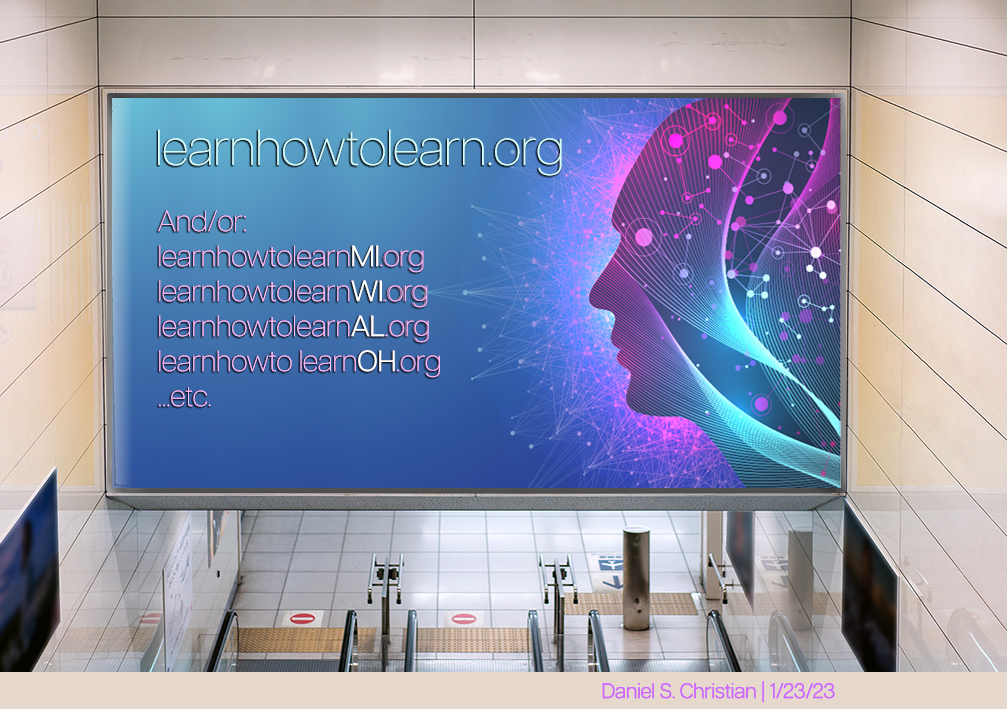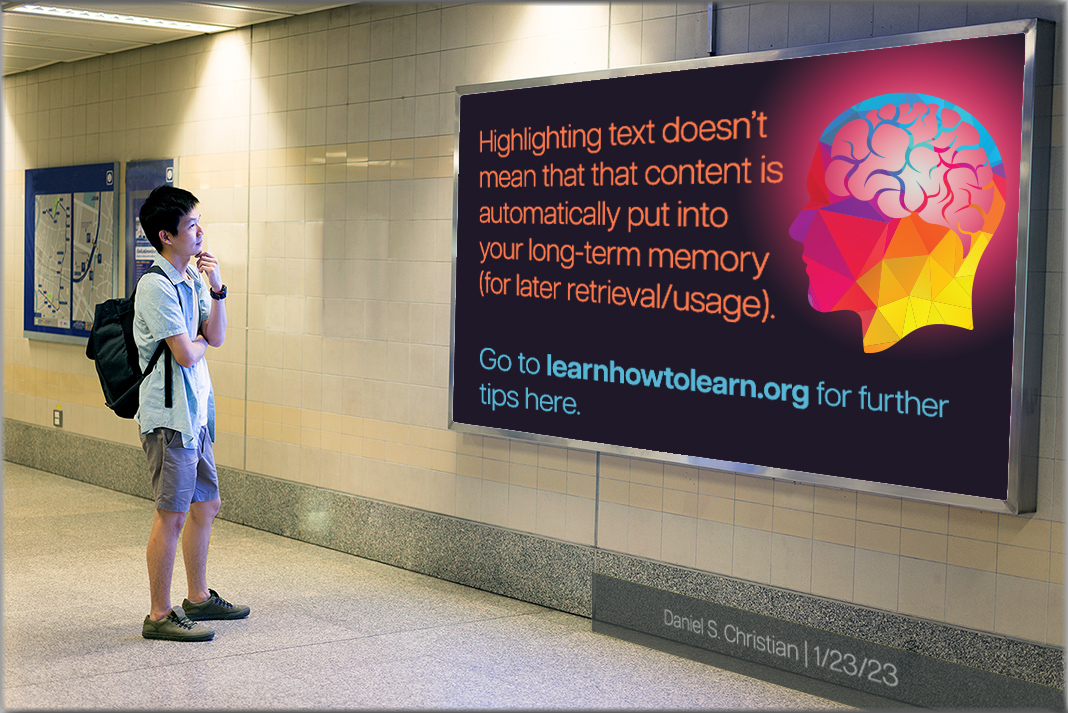As Colleges Focus on Quality in Online Learning, Advocates Ask: What About In-Person Courses? — from chronicle.com by Taylor Swaak
Excerpt (emphasis DSC):
As colleges’ online catalogs grow, so too has the push to develop standards of quality for those courses. But are in-person classes getting the same attention?
If you ask many online-education advocates, the answer is “no.” And the solution, many say, is for colleges to adopt standards and policies that set consistent expectations for quality across all courses, whether they’re remote or in a classroom.
While decades of research and the pandemic-spurred expansion of online learning have helped demystify it, and build confidence in its efficacy, these advocates say the misconception lingers that remote education is inherently lower in quality than instruction in the classroom. And that stigma, they say, puts a magnifying glass to online ed, while largely leaving in-person classes to business as usual.
The focus instead, Simunich said, should be on a big-picture question: Is this a high-quality learning experience for students?
From DSC:
These are great points. I find them to have been very true.
Reflections of a College Adjunct After 31 Years — from insidehighered.com by Stephen Werner
We’ve proven over and over that there’s enough work to give many of us full-time positions, writes Stephen Werner, but things are moving in the opposite direction.
Four Pieces of Advice (emphasis DSC)
In closing, I offer the following recommendations:
- See the big picture. We adjuncts are workers in the gig economy. We are part of the new normal where so many jobs are on-demand, temporary work, with few or no benefits and no long-term security. Even with our M.A.s and Ph.D.s, we have much in common with workers at all levels, including the lowest-skilled workers.
- Make a serious effort to meet and talk to other adjuncts. …
- Unionize! Organize with your fellow adjuncts! …
- Start saving for retirement. …
The fact is that college and universities are totally dependent on us. They know it. We adjuncts need to act like we know it, too. We need to overcome our isolation and work together to have a voice.
How Mega-Universities Manage to Teach Hundreds of Thousands of Students — from edsurge.com by Robert Ubell (Columnist)
Excerpt:
One key difference at SNHU is how it hires faculty, relying on an academic army of about 8,000 adjuncts who earn $2,000 per semester for teaching an undergrad course and $2,500 for a grad course. Reliance on adjuncts, especially in online instruction, is a national trend. Today, gig faculty occupy about three-quarters of all U.S. college instructors. But Southern New Hampshire and other online operations depend even more on contingent labor than most of their traditional peers.
For colleges to depend entirely on an Uber-style instructional workforce may be financially prudent, but I argue it’s academically risky, with little continuity and no permanent faculty. It’s also exploitative, with instructors ending up in precarious work arrangements without living wages and benefits.
First Person: Why college matters for people serving extreme sentences — from opencampusmedia.org by Rahsaan “New York” Thomas
Excerpt:
For incarcerated people, the quality or success of a college program is often measured by recidivism rates. By that standard, Mount Tamalpais, formerly the Prison University Project, is a success. Its students had a recidivism rate of 17 percent compared to the 65 percent recidivism rate for the California Department of Corrections and Rehabilitation as a whole, according to a 2011 program evaluation.
Personally, I see education as the key to my success from behind bars. After getting sentenced to a term beyond my life expectancy I needed a path to redemption in the eyes of my mother, my sons, and society that didn’t involve going home. I came up with becoming a writer because my voice was the one part of me that was still free.


















